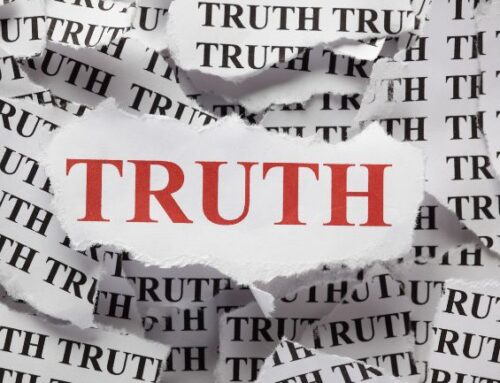See Censorship, page 12 for background.
On October 5, an eight-man jury found that Robert Mapplethorpe’s photographs did not violate community standards; artists and gallery directors celebrated a major victory.
What emerged subsequently, however, was that this ‘victory’ was won because the jurors were first misled, and then had their hands tied.
When one juror voted against acquittal on the first ballot because of moral and religious reasons, the others reminded him that during the four-day process of jury selection they had promised that “we would put moral beliefs and standards aside.”
The promise was absurd; a jury is supposed to reflect community standards, which implies that its members hold to their own standards instead of disregarding them.
Second, the jury was confined to a three-part test for obscenity laid down earlier by the U.S. Supreme Court: that the pictures appealed to prurient interests; depicted sexual conduct in a patently offensive way; and lacked serious literary, artistic, political, or scientific value.
Defense lawyer Louis Sirkin (who admitted that he didn’t like the pictures) said, “Our battle strategy was the third prong.” His side produced a parade of expert witnesses who testified to the brilliance and seriousness of Mapplethorpe’s work. In the end, the jurors deferred to the experts. One of them said, “It’s not my cup of tea. I don’t understand it. But if people say it’s art, then I have to go along with it.”
The jurors blamed the prosecution for not producing its own parade of witnesses, but it missed the point. The three-pronged test was at fault, not the prosecution. The defence can always find experts in art (if not in morality) who are prepared to swear up and down that the most offensive picture in the world possesses artistic merit. But the experts do not define community standards of decency.
By their own admission, the jurors were appalled by the Mapplethorpe pictures. “We thought the pictures were lewd, grotesque, disgusting,” said Arthur Eckstein. “We were saying to ourselves, ‘Oh my gosh, how are we going to explain this to people? What will everybody think.’”
According to Isabel Wilkerson of the New York Times, most of the jurors were working-class, church-going people who, even as they signed the verdict sheets, still could not believe that they were exonerating photographs which showed such things as a man urinating into another’s mouth. Their own standards should have applied.
Reviewing the trial and the controversy surrounding it in the Globe and Mail, Bronwyn Drainie ended by quoting a comment by Canadian artist Harold Town:
“It used to be that you could shock people with new forms of art. But the avant-garde has lost its power to shock. No one even notices form any more. Only the most literal, crude, graphic content, like Mapplethorpe’s photographs, can get people riled up. It tells you something about the increasing poverty of our imaginations.”



